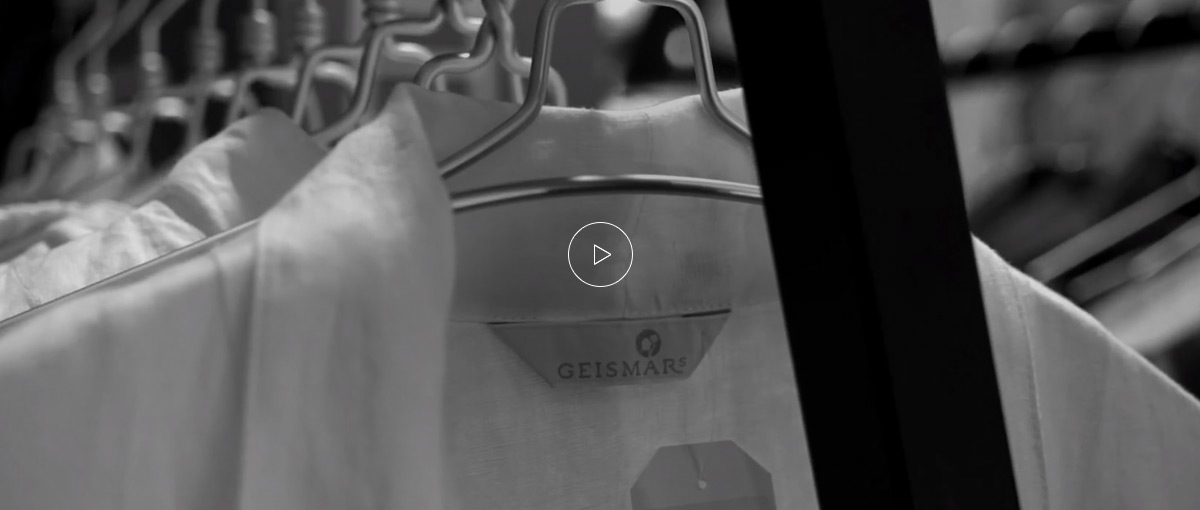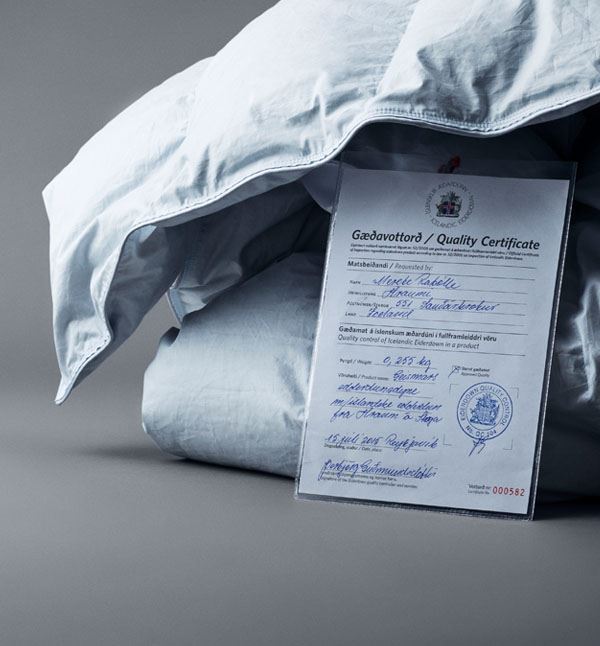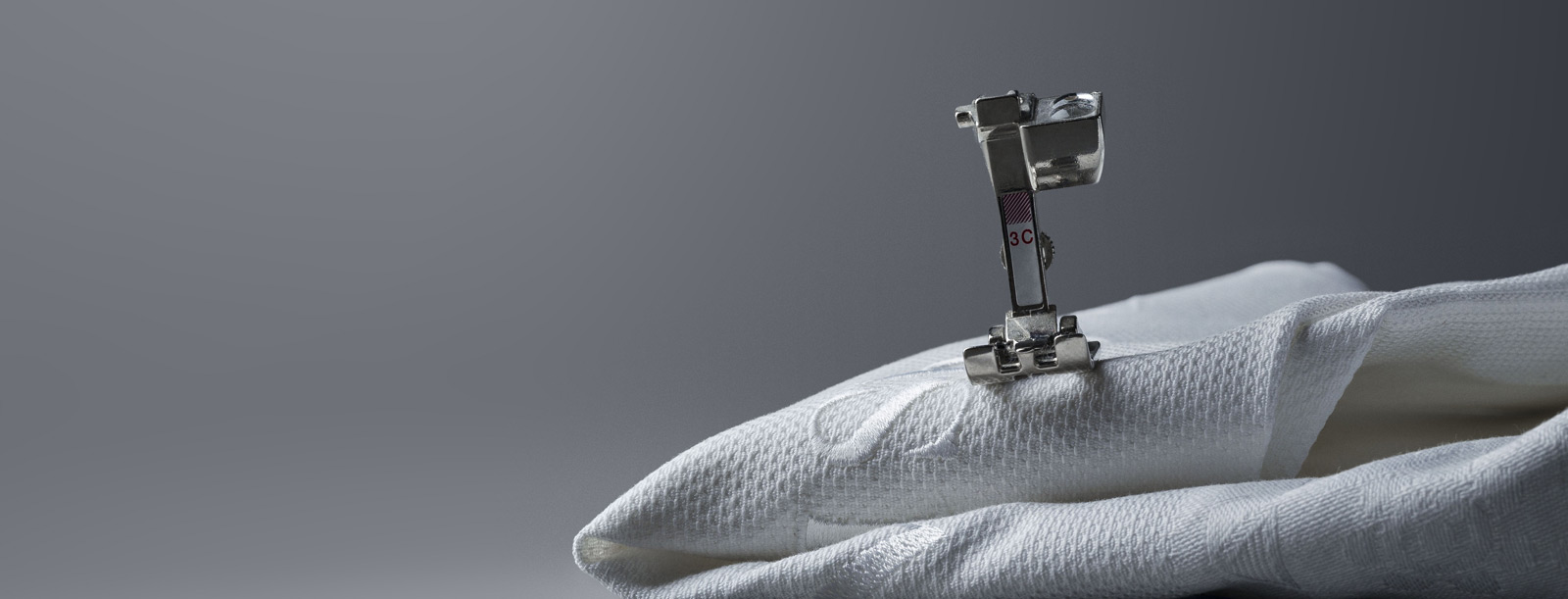1866Christian Frederik Geismar In 1866, 26-year-old C. F. Geismar travelled from hometown Nyborg on Fyn and arrived in Copenhagen with a simple ambition: To produce and sell fine and light textiles of the highest quality to the Danes. C. F. Geismar was a man with a very delicate sense of quality - and he spotted a need for it in the capitol. He established Geismars Væverier (Geismars’ Weaving Mills) and opened his first textile shop in Hovedvagtsgade no. 6, in the heart of Copenhagen. Once the fabrics rose in demand, he quickly expanded the business with its own textile production, starting with a hand weaving studio in Amager. 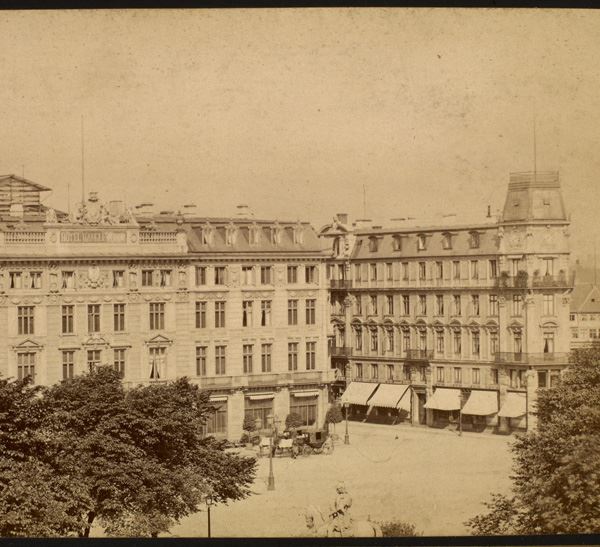 A Piece of Industrial History This would later prove to be a remarkable piece of Danish industrial history – all stemming from C. F. Geismar’s ambition of superb quality and good service. C. F. Geismar was driven by his need for creation. Shaped by Denmark’s defeat to Germany in 1864, he was compelled to restore his fallen country by creating – and he would have to succeed.  1880-1900Unfolding the Linen The popularity of quality bed linen from Geismars Væverier increased steadily and laid the grounds for a new development. The expansion resulted in a change from handwoven production to machine-made weaving in a workshop at Peter Bangsvej 26, Frederiksberg in 1882. In 1898 the factory burned down, only to be re-established in 1899 as a new and grander weaving factory on the same address. In 1888, the 49-year-old manufacturer C.F. Geismar won first prize in the great Nordic Exhibition of Industry, Agriculture and Art in Copenhagen. This was the same year that Geismars Væverier applied for a building permit to expand the mechanical weaving production on Peter Bangsvej with a “steam-powered linen weaving mill”. As the business expanded, C.F. Geismar also established a smaller bed production and a factory for manufacturing mattresses. Geismars Væverier was now able to deliver almost anything for the bedroom – from professionally woven bed linen to handmade beds and soft mattresses. 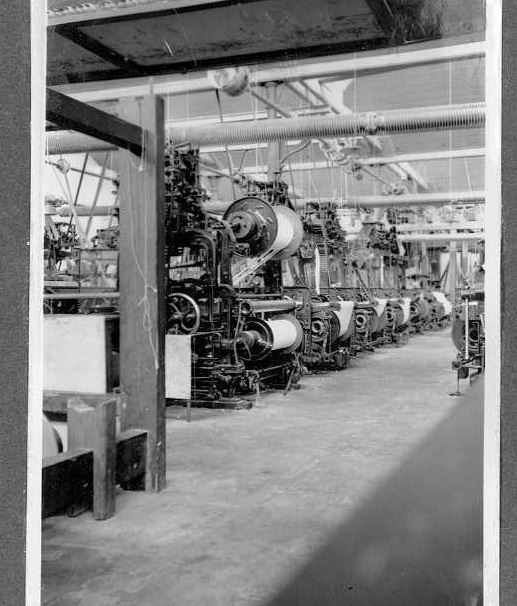 1916A School for Sewing It was at times a struggle to find a qualified workforce in the weaving industry. Often companies had to train and educate the new weavers themselves to ensure the best quality. To solve this, C. F. Geismar made a collaboration in 1916 with Danish Textile Workers’ Union and the Textile Industry Association to open Denmark’s Textile Trade School. Classes were scheduled in the evening to give students time for work while studying. The principal of the school was C. F. Geismar’s own son, Axel Geismar, who later wrote the book “Bindingslære” (Interlacement) in 1920. The book would set a new benchmark for teachings within weaving and textile techniques for many years to come.  1924Made in Copenhagen In 1924 the small shop in Hovedvagtsgade closed and Geismars Væverier opened a new at Amagertorv 13, across the street from the renowned Royal Copenhagen shop. Times were changing – and the time for a fully owned quality production had come. Geismars Væverier cut out the middleman to sell fabrics from only its own weaving mills. This solution meant keeping the prices low and the quality high. Customers flocked to the new store to purchase linen goods straight from the studio and revenue was on the rise. For 20 years the shop served quality fabric connoisseurs from Copenhagen until its closure in 1944. 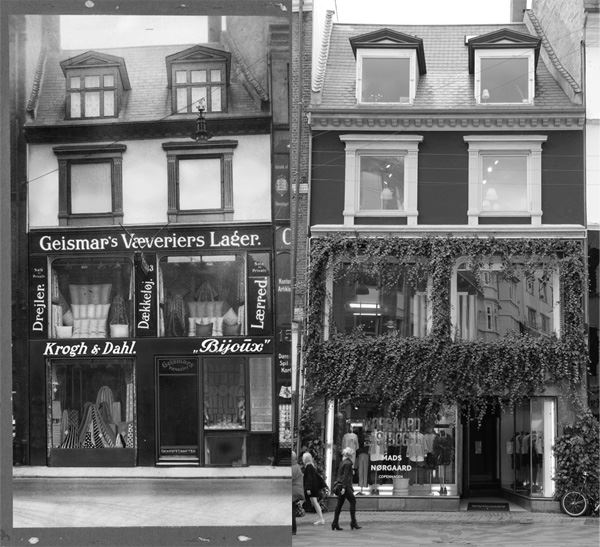 1941A 75th Anniversary At the 75th anniversary in 1941, the Geismars brand had grown to engage 300 employees . The family-owned company, led by Managing Director August Valdbjørn, decided to reward each full-time employee with an extra month’s salary – and the hourly paid workers an extra week’s salary. Shortly after its jubilee, the weaving workshop ceased part of its production in Denmark due to material shortage caused by the war. The main part of the fabric was instead imported from quality weaving mills across Europe. Once in Denmark, they were sewn into finished products in the weaving workshops at Geismars. Laundering and rental services flourished – and with a client base including grander establishments such as Tivoli Gardens, Hotel Nimb, Hotel d’Angleterre and the royal Amalienborg Castle , business was now better than ever. Geismars’ delivery vans were becoming an integrated part of the Copenhagen cityscape. 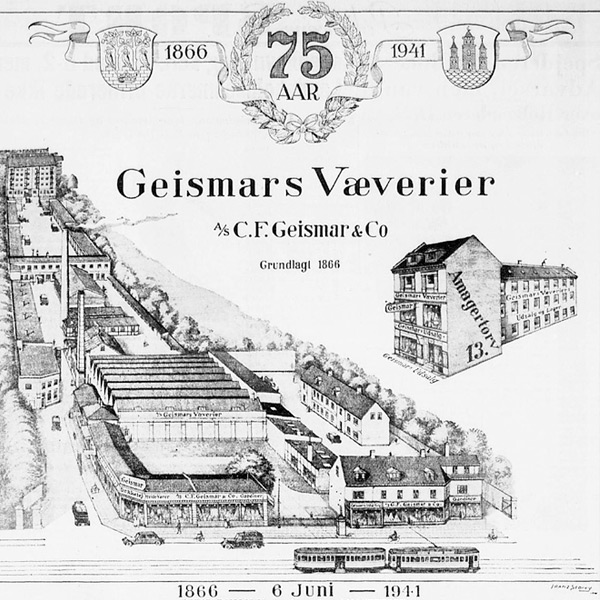 1960-1980Weaving into Modern Days After August Valdbjørn’s death in 1956, Per Lynggaard took over responsibility for the company in 1960. His grandest task yet would prove to be developing the laundering and linen renting services. During the 1960’s, Geismars Dampvaskeri (Laundry Service) came to difficult odds with modern household appliances. Most homes were purchasing their own washing machines or using laundromats right around the corner. In 1979 it was no longer profitable for Geismars Væverier to run production of homemade textiles. The European competitors were moving forward with better and more modern technologies for textile production. In the meantime, disagreements between the Valdbjørn-family and Lynggaard resulted in a change of Managing Directors. Lise Skou was named the new leader of Geismars Væverier. 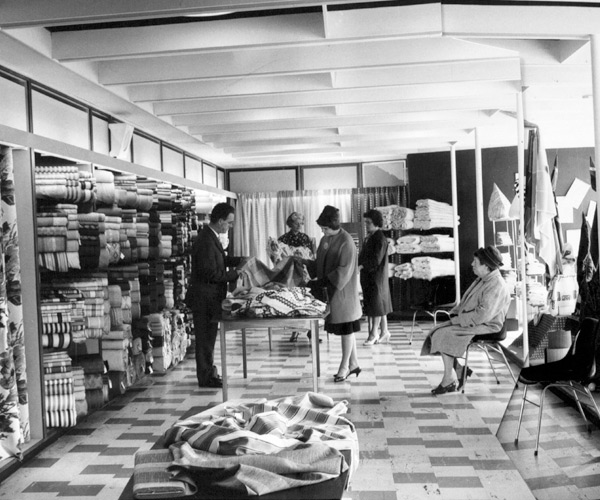 1985Mrs. Skou Takes a Leap Success was on the rise again. Lise Skou ran both Geismars Væverier and Geismars Dampvaskeri with great results – and the achievement did not go unnoticed. That is why in 1983, ISS decided to buy the Geismar brand from the Valdbjørn-family. In 1985 the laundry facilities and sewing workshops caught fire and they soon burned to the ground. Lise Skou was now given the opportunity to buy Geismars Væverier from ISS. She took the leap. Shortly after, Skou successfully took over the strong Geismars brand with its loyal customers and good reputation. 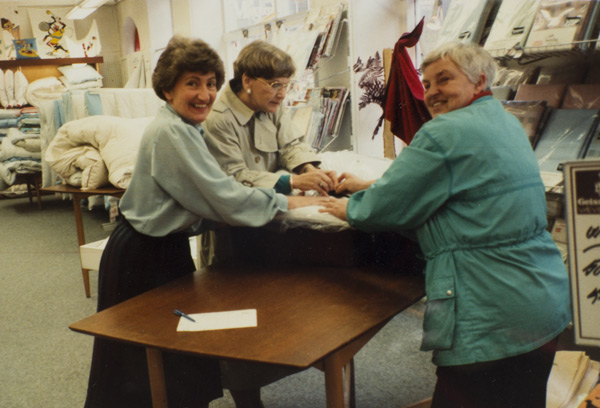 2003New Beginnings in Store Strandstræde On a sunny afternoon in 2003, Ulrik Rafaelsen passed by Geismars Væverier at Vesterbrogade and noticed a clearance sale. Excited by the thought that the historical weaving workshop still had a lot to offer, he and his wife took over the company from Mrs. Skou. A new flagship store sprouted in the old post office building at Store Strandstræde 21.  2016 - NowThe Quality of Heirlooms In 2016 the proud weaving studio celebrated its 150-year anniversary. It was commemorated with the production of a jubilee book, telling the story of the company and historical highlights in Denmark. Today nearly all bolts of fabric are produced in the best weaving mills across Italy. They still use Geismars specifications – both the inherited recipes and the new designs. A sewing workshop in Portugal receives the fabric and creates the final products – ready for sale. The assortment now includes crisp bed linen, down duvets, pillows, sleepwear for men and women, a terry cloth series, classic table cloths and napkins and elegant throws. |









